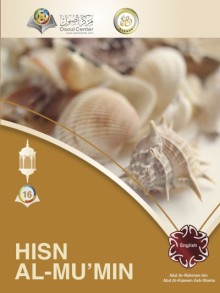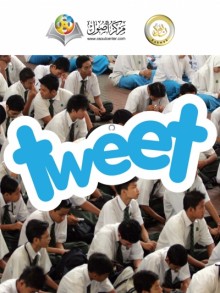This booklet sheds light on nine basic features of the two main sources of Islamic teachings (the Qur’an and the narrations of Prophet Muhammad). It includes a focused discussion on the Islamic moral system, which calls for preserving human rights and strengthening the relationships among humans. It shows how these teachings call upon us to improve ourselves, both inwardly and outwardly, from eighteen different aspects. It should be noted that these moral teachings were revealed from Allah; they are not the result of human work or experiences.
Related tags
Related books
Hisn Al-Mu'min -A Believer’s Refuge
The book teaches the ways and means to fortify oneself against the effect of such tragedies, the most important of these being the remembrance of God and glorifying Him at all times.
 GuideToIslam
GuideToIslam
The beauties of Islam
The followers of Islam find its beauty in their chests; they feel a sense of comfort experienced by those who embraced this religion. Ease , mercy, wisdom, and tranquility; It is the true religion of God.
 GuideToIslam
GuideToIslam
Just the Tip of the Iceberg
Some pages which show the reality, clarity and purity of Islam and confirm that Islam can answer the critical questions which many people cannot answer.
 Naji Ibrahim Al-Arfaj
Naji Ibrahim Al-Arfaj
320 Tweets about Islam
This booklet has been published by Osoul Center and it has 320 Tweets about Islam.
 Osoul Global Center
Osoul Global Center





